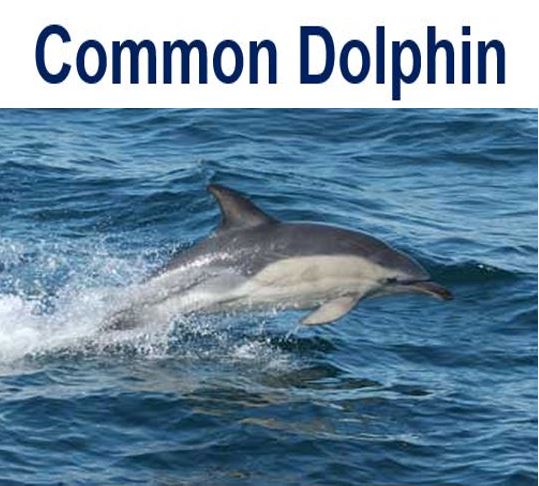The number of common dolphin sightings off the Hebrides has more than doubled over the last twelve years, says the Hebridean Whale and Dolphin Trust, which announced today it is embarking on a new study to try to find out why. Scientists suspect it is because the seawater is now warmer.
The Hebridean Whale and Dolphin Trust (HWDT) says sightings of common dolphins have increased off the whole of the western coast of Scotland. The numbers, recently presented to the European Cetacean Society, have emerged from the HWDT’s unique long-term monitoring of dolphins, porpoises and whales in the Hebrides.
The Trust says the causes are still unclear, as are the broader effects of the marine environment and what the impact might be on other species.

As the North Sea warms up, Common Dolphins are becoming more common. (Image: Northern Wanderer)
HWDT is currently recruiting volunteers to help marine scientists in its annual summer surveys, which hopefully will provide clues to the dramatic changes.
Is it caused by human activity?
Dr. Conor Ryan, Sightings Officer at HWDT, said:
“An increase in common dolphins means that those wishing to encounter dolphins in the wild are in luck – but further research is needed to explain why this is happening, the extent to which this has been caused by human activity, and the implications for other cetacean species.”
Common dolphins take advantage of seasonal food stocks off the Hebrides each spring. The gregarious mammals, which are smaller than the region’s resident bottlenose dolphins, frequently approach boats to bow-ride and play in the wake.
Common dolphins can travel in very large groups, sometimes forming super-pods comprising thousands of individuals.
Despite their name, common dolphins – called leumadair (jumper) in Gaelic – were once a fairly rare sight in the Hebrides, preferring water warmer than 10°C (50°F) found further south.
Hebridiean waters warming
As global warming has caused sea surface temperatures in the Hebrides to increase by an average of 0.5°C per decade, the currently warmer waters appear to have started to attract common dolphins in larger numbers.
HWDT researchers are concerned about the potential competition for food with other dolphin species and seabirds.
Warmer waters around the Hebrides could force colder-water species, such as the white beaked dolphin, to migrate further north.
HWDT says that so far no evidence has suggested the white beaked dolphin has started to move away. It adds that further monitoring is required to establish whether the resident species is being negatively affected by the influx of common dolphins.
The Trust has been gathering data on dolphins, whales and porpoises, which are collectively known as cetaceans, from its specialised research yacht Silurian for the past 12 years.
The new findings underline the importance of this research, partly because cetaceans, being at the top of the marine food chain, can act as indicators of the overall health of the marine environment.
Kerry Froud, HWDT’s Biodiversity Officer, said:
“Dedicated volunteers onboard Silurian have enabled us to build up a unique and valuable database, enabling researchers to examine changes in cetacean populations – and providing vital data for protecting these species and their habitats, including in the recent designation of Scottish Marine Protected Areas.”
“Our research expeditions depend on volunteers. In return, they offer the opportunity of a lifetime to contribute to a better understanding of cetaceans and basking sharks, whilst enjoying the beautiful scenery of Scotland’s west coast and experiencing exhilarating sailing.”
Video – HWDT volunteer onboard Silurian
HWDT volunteers onboard their research vessel Silurian in 2015, surveying for cetaceans (whales, dolphins and porpoises), basking sharks, seals and seabirds.
